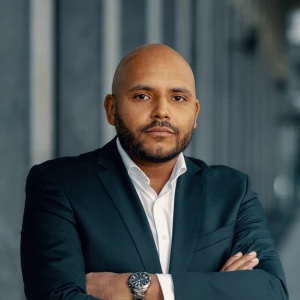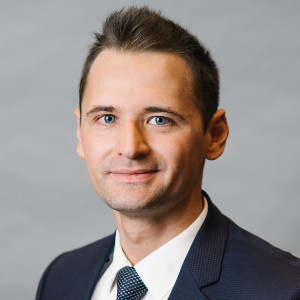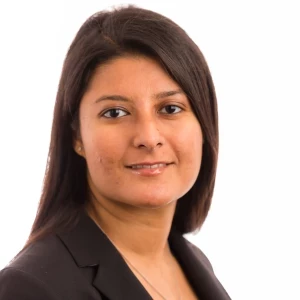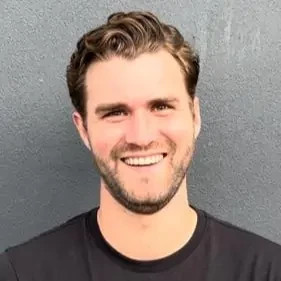Hi Anonymous,
arguably yes. At least, structure is an absolutely crucial element towards success in a case interview. However, I want to emphasize one BIG misconception that I unfortunately see with many many candidates:
Structure DOES NOT equal frameworks!
The different frameworks that you can find in pertinent case literature provide a very good basic toolbox in terms of which areas to look into for certain types of problems. However, they are very poor regarding HOW TO APPROACH a case and HOW TO DRAFT A ROADMAP for solving the case. This approach and roadmap needs to be rooted in rigorous and specific logic. Unfortunately the "framework learning philosophy" brought forward by, e.g., Case in Point, is the very reason why an overwhelming majority of candidates will not get an offer.
By and large, most (or probably all) casebooks on the market are teaching a fundamentally flawed way how to think about business / strategy / organizational problems! A framework as such is worth nothing if it is not embedded into the specific context of the situation! This means, each element that you want to scrutinize ("building blocks" of the framework so to speak) needs to clearly relate back to the question that you want to address! This principle should form the basis of any structure.
This is why you ALWAYS start from the specific question that you want to answer! From there, you define the criterion or criteria that need to be met in order to anwer this core question in one way or another.
In 95% of cases, value creation will be the central element. Ultimately, this is nothing else than profit generation over a specific time frame. You then draw a driver tree for profitability in order to isolate the numerical drivers for your solution. And then, only after you have drawn out the driver tree, you can map out the relevant qualitative "framework elements" to the sub branches. This approach, visualized by means of a rigorous driver tree, is much much clearer then any framework you will find in any case book. And, contrary to such frameworks, which are hanging in the air and do not logically relate back to the specific question, this is a bullet proof approach when done rigorously.
The caveat is: this requires time and qualified coaching to internalize. But ultimately, this is how consultants think about problems - how can we optimize for value creation?
Cheers, Sidi













